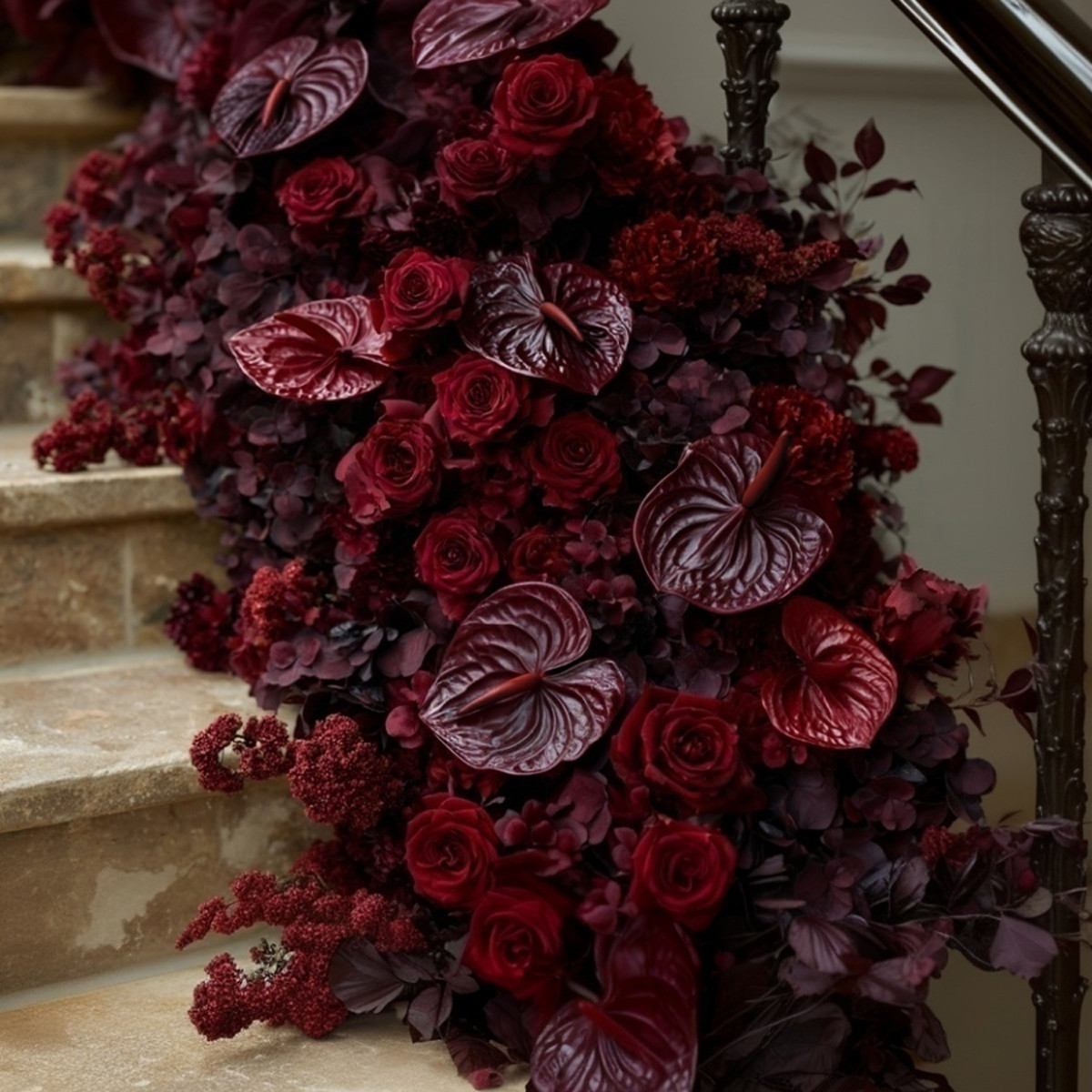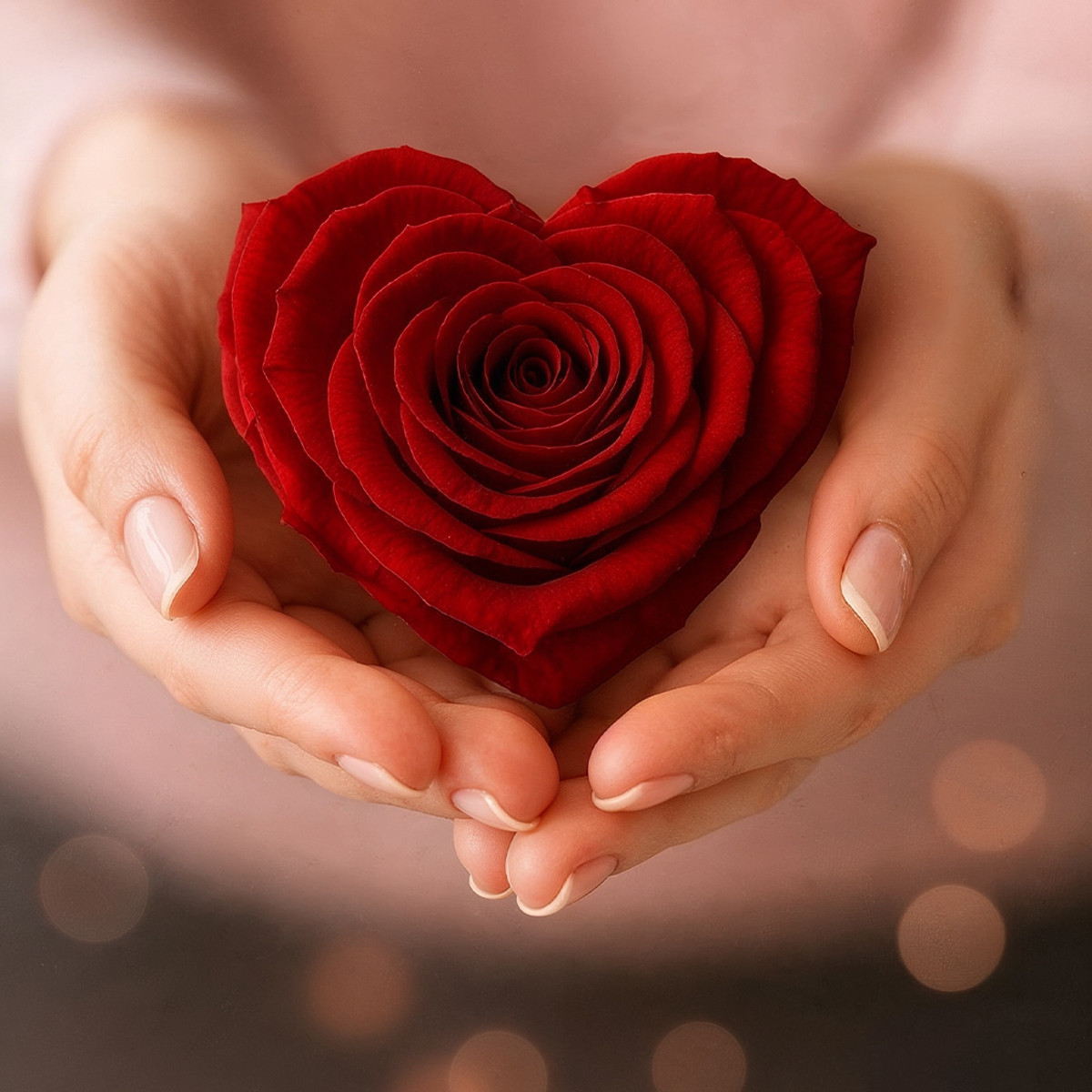
WHAT IS IT?
Preserved plants : their life span after death
1 year! 2 years! Who says better ?? Do I hear 5 years ? The hammered price is 10 years! Given to this gentleman who commits on a lifetime of 10 years. What is the life span of a preserved plant? Many flower and plant preservation actors are committed to their version. And yet, by simply analyzing the semantics of the situation, one can realize the ridiculousness of the answer. In this article, we share ours with more explanations so that you can select your point of view.
Preserved plants are dead
Preserved flowers, greenery, and mosses have something in common with freshly-cut flowers: they are dead. In the case of cut flowers, they only have a few days left in the terminal phase before wilting and becoming unfit to be sold. For preserved plants, this stay is extended. Even after several years, the flower will have lost its superb, but will not become dust during the night. It is thus ridiculous to speak about lifespan for a plant element which is not alive anymore and which will not be suddenly defoliated…
More explanations about the preservation process
As we regularly explain in this magazine, there are many preservation techniques. Every manufacturer has its secret formulas, its machines, its techniques. The quality of the preservation process may thus vary significantly from one manufacturer to another. The behavior of the plant over time will diverge from one series to another. It can be considered that within the same batch of plants, insofar as the raw material is 100% natural, the results may also vary. Also, you need to take into account storage conditions, the period of the year, and so on : these are factors that affect the behavior of the plant.
It is therefore very difficult to make a broad statement and to announce a particular lifespan within a family of plants or of preservation techniques.
Some examples of characteristics that can be affected by time
All varieties evolve differently over time depending on many parameters, the main one being the preservation technique. For example, ferns tend to curl up and become darker. The Tree Fern expands and becomes clearer over the months. The flat moss dries somewhat to the touch, but does not change visual rendering. Ball moss tend to thin out. The eucalyptus Parvifolia becomes almost black (which is why you will not find it in our plants) while the Nicoli remains light green for a very long time. Hydrangea by immersion tends to dry while Hydrangea Extra, preserved by absorption, will remain flexible for many years. Ditto for extra amaranth which does not lose its flowers unlike the preserved version that crumbles after only a few months.
As you can see, one cannot make generalities on the evolution of preserved plants over time.
How to use preserved plants and flowers to optimize their life span?
If each plant has its own behavior according to production criteria, its appearance evolves mainly depending on the conditions of use. If the humidity level is too high, glycerin will seek to get out of the plant, carrying with it some food coloring. However, if the air is too dry, the plants tend to dry more quickly. Consider it worse, if they are exposed to direct sunlight for a long period of time, the colors may fade more quickly. Oddly, reindeer moss works completely differently. It remains soft in wet conditions and becomes brittle when the humidity of the air goes below 40%. Note that the reindeer moss is preserved according to a technique of its own.
In conclusion, the conditions of use of the preserved plants must be respected as good as possible in order to optimize their life span. Contact us via the contact form of our shop, www.secondflor.us, to know more about our preserved plants.
A selection of the best preserved flowers and plants
The buying department of your favorite website knows perfectly well the constraints of preserved plants. This is why we do everything possible to select the best plants from the best suppliers. The criterion of durability is essential. However, nature can be capricious. We cannot control each and every bouquet, and some batches may have specific features. There are also differences in evaluation criteria. What is acceptable to some may not be acceptable to others. Standardization in particular. Since preserved plants are fixed, customers often expect a quasi-industrial product. However, it remains a natural product that is not standardized and must be able to withstand this.









Follow Us